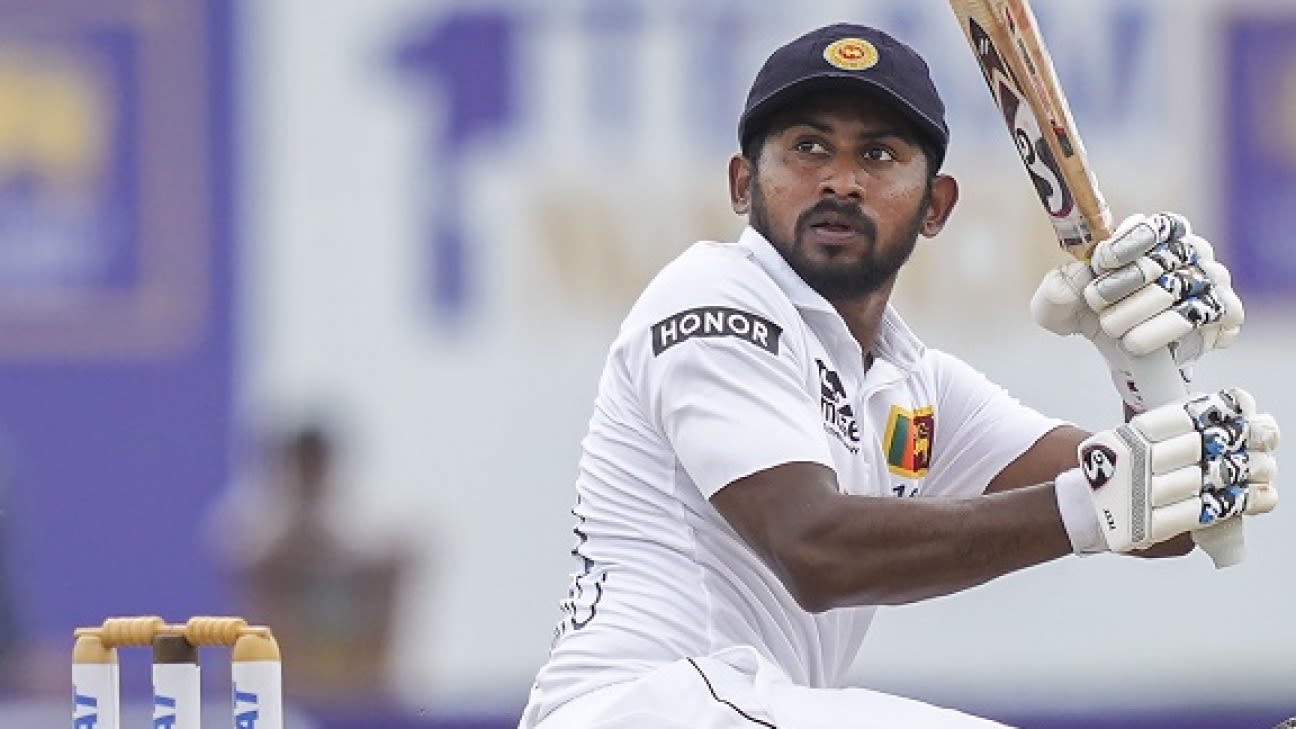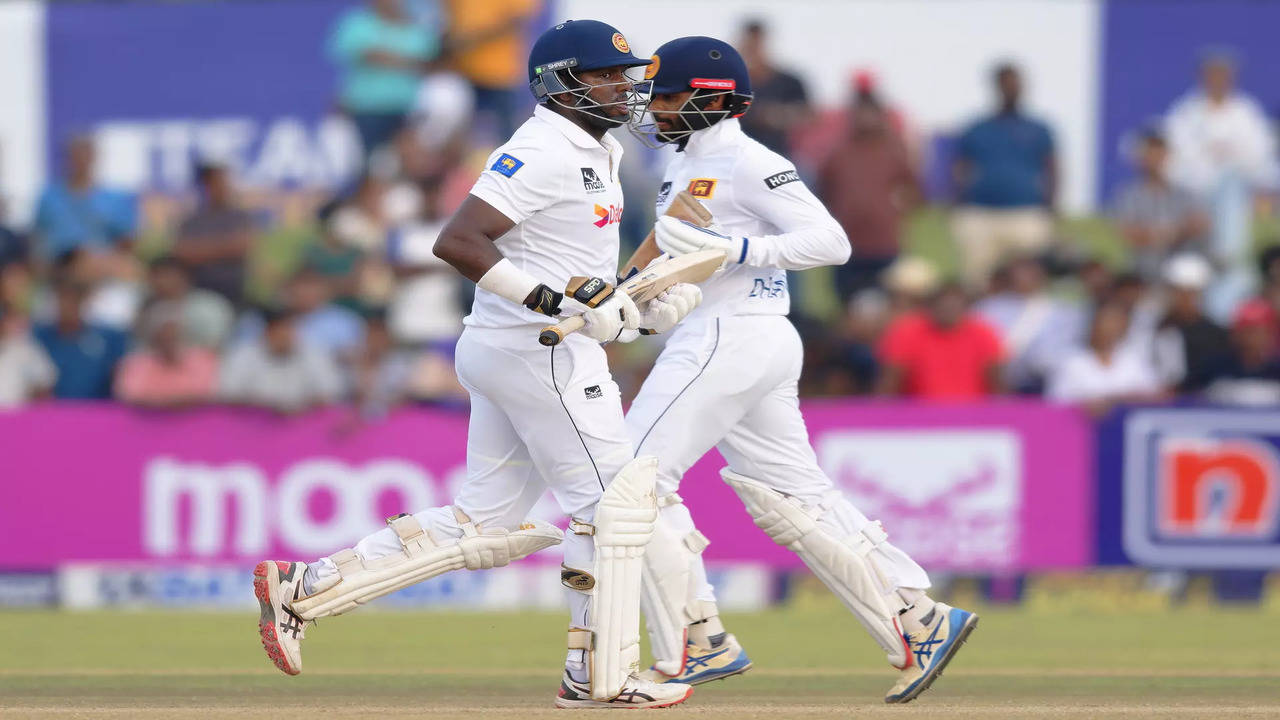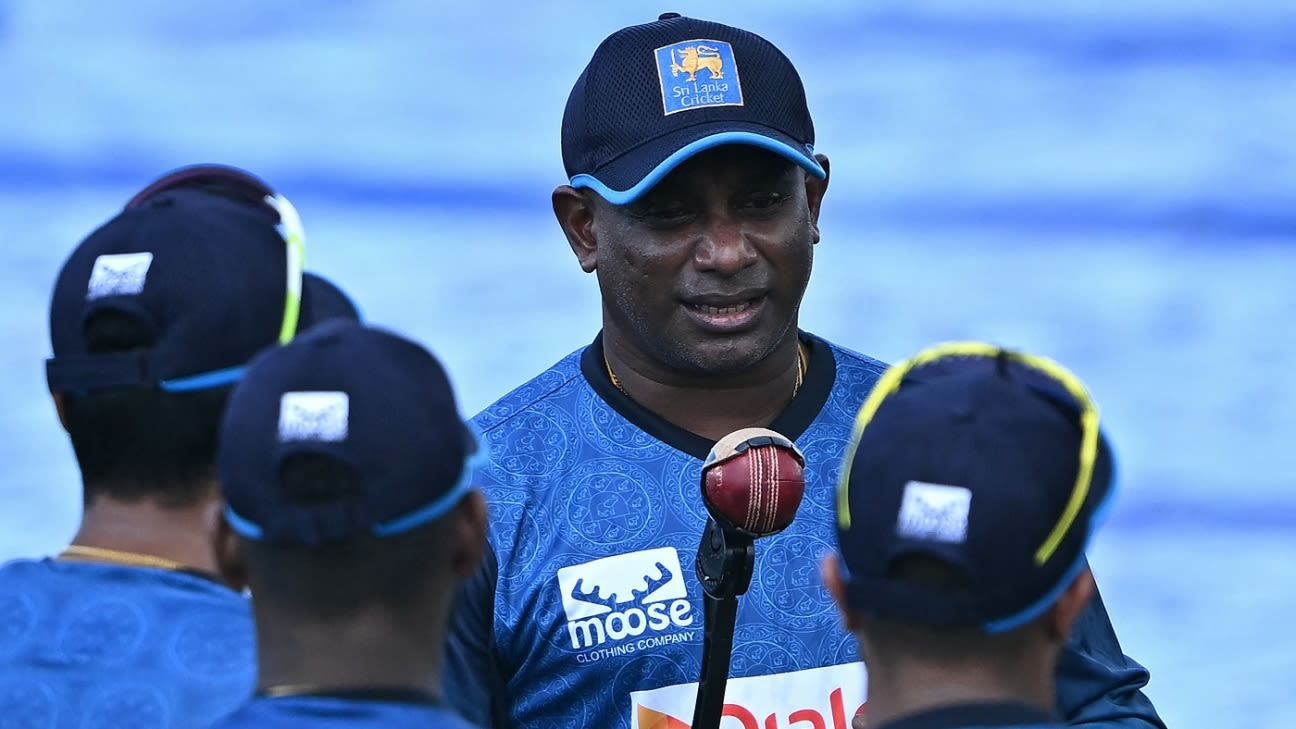Sri Lanka Dominate Day Two in Galle, New Zealand in Dire Straits
New Zealand’s nightmare continued on day two in Galle as Sri Lanka piled on a mammoth 296 runs for the loss of just two wickets. Despite New Zealand’s valiant efforts, their bowlers toiled fruitlessly for over 124 overs, with only Glenn Phillips managing to create any significant impact.
The overcast conditions provided some respite for the visitors, but the batting conditions eased up considerably on day two, allowing Sri Lanka’s batters to dominate proceedings. Dhananjaya de Silva’s decision to bat first proved crucial, as the surface became drier and harder, making it easier for the batters to score runs.
New Zealand batting coach Luke Ronchi acknowledged the difference in the surface, stating that it was “a nice surface” for batters once they were in. Angelo Mathews, who scored a half-century for Sri Lanka, echoed these sentiments.
Ronchi praised the Sri Lankan batters for their exceptional performance but also lamented New Zealand’s missed opportunities on day one. He emphasized the importance of applying themselves and following their processes as a batting group.
“We did that in the first Test, so we need to sort of back our plans and our processes and the work we’ve done,” Ronchi said. “That’s something we’ve done really well for a number of years. It’s not about looking at an end-product type thing, but the processes and how we’re going to make the best of each ball, each moment and each partnership.”
With New Zealand still 580 runs adrift and having lost two wickets in the final 45 minutes of play, Ronchi stressed the need to take the game as deep as possible.
“You just want to just go out there and bat, and bat for as long as we can as well. That’s a massive part of what’s going to happen. There’s three days left, so we’ve got to make sure that we can bat well and sort of see what happens.”






